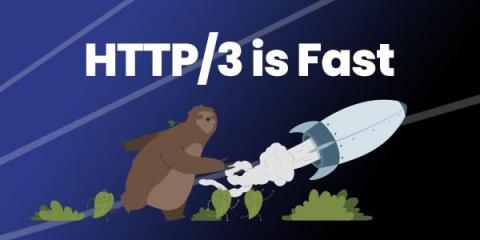5 Tips To Make Google Fonts Faster
Google Fonts is a fantastic tool for web designers and developers, but it is sometimes one of the slowest resources on your website. It’s frustrating and ironic that Google’s own font service is the long pole in so many web performance reports, but it doesn’t have to be! Here’s 5 ways to supercharge your install of Google Fonts to make it download less, load faster, and reduce layout shifts of your website.











